The Gem of the Scottish Borders
Floors Castle is the largest inhabited house in Scotland and was opened to the public by the 10th Duke in 1977. It remains an iconic piece of Scottish architecture and as a dwelling, has few rivals in the UK. Whilst it is a visitor attraction, first and foremost, it is a beloved family home to the Duke and Duchess of Roxburghe.

The History of Floors Castle
The house, as it stands today, is the product of two main phases of construction. The first, constructed between 1721 and 1726 for the 1st Duke, was from architect William Adam, and was perhaps inspired by an original design from Sir John Vanbrugh, the architect responsible for Castle Howard in Yorkshire and Blenheim Palace in Oxfordshire. Vanbrugh was an acquaintance of the first Duke, though the eventual execution of the design and build is undoubtedly Adam’s.
Though Broxmouth Park, near Dunbar, seems to have been the main family residence, Floors took precedence after 1730, with the 1st Duke’s mother leading the way by moving here permanently. The Duke himself spent most of his time in the southern part of England, to be close to Parliament, though he always cherished his time ‘in the country’.
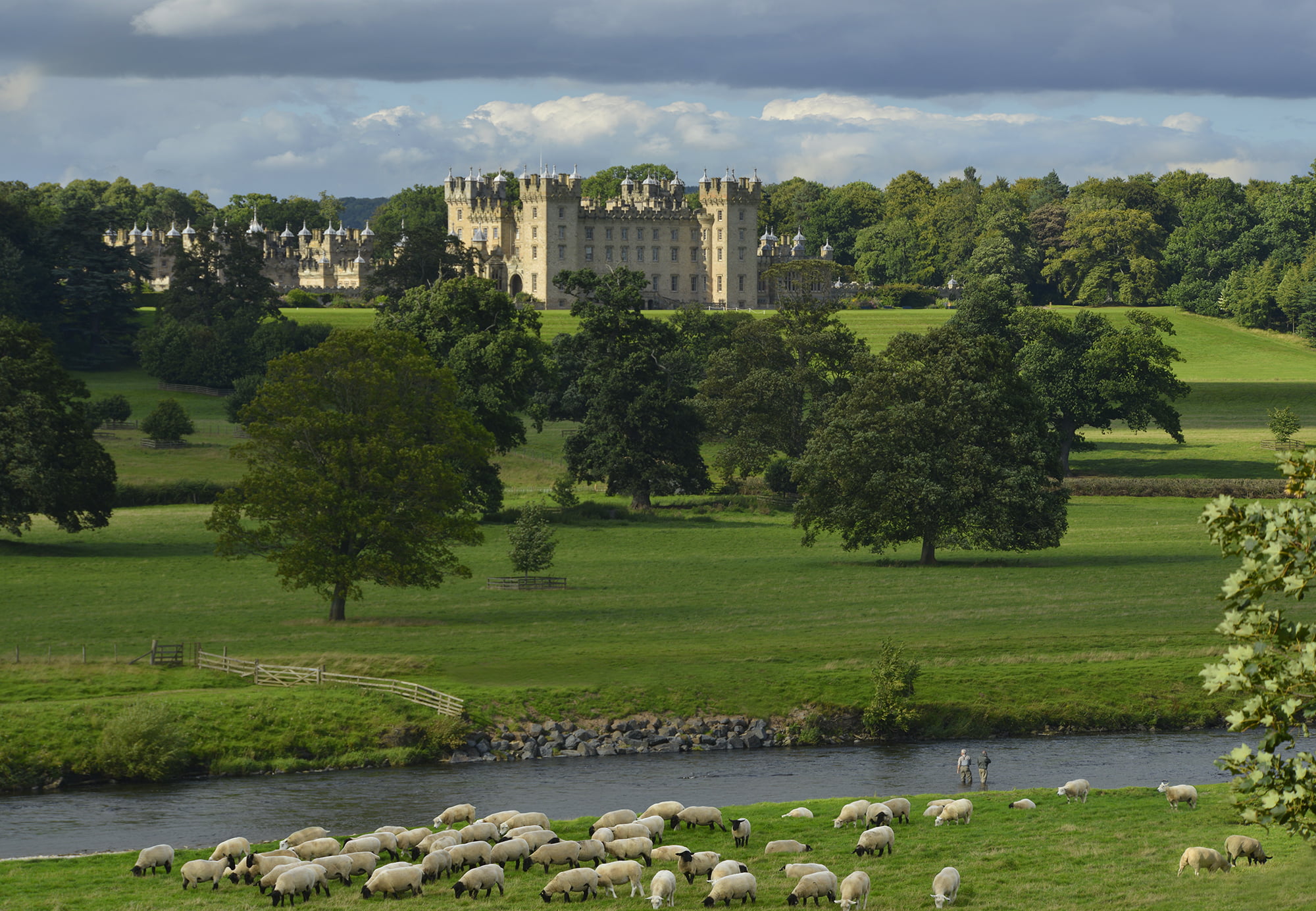
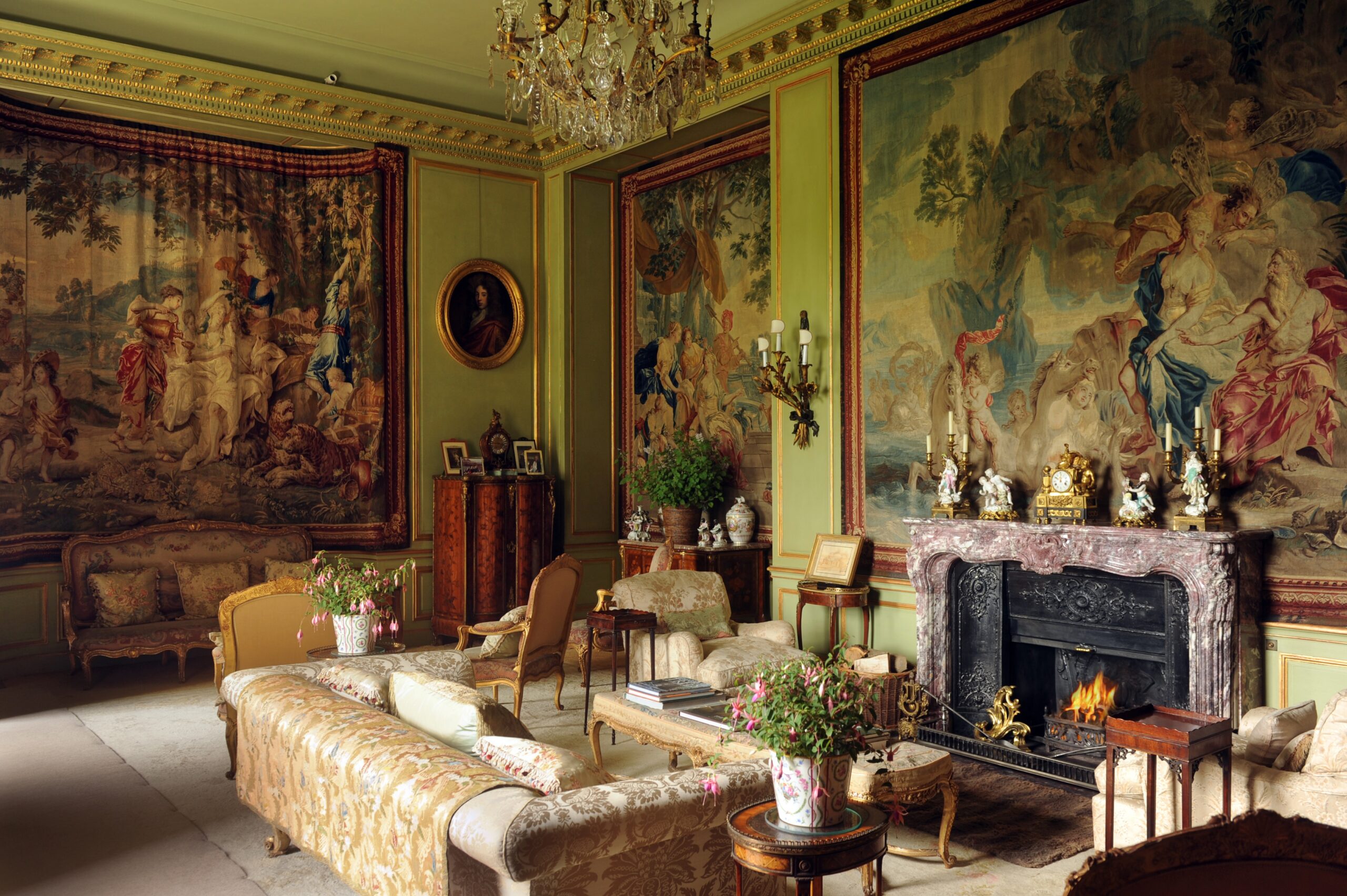
The stately and elegant Georgian house was constructed on a natural terrace overlooking the Tweed, looking directly south across the great river to the ruins of the once mighty Roxburgh Castle on its mound, dominating the local landscape. Floors is clearly visible from the main river crossing into the town of Kelso, its distinctive sandstone façade making it stand out, even on the dullest of days. The grandeur of the house and its setting prompted Sir Walter Scott, world famous author and regular visitor to the great houses of his beloved Scottish Borders, to declare Floors, ‘a kingdom fit for Oberon and Titania to dwell in’.
During the time of the 6th Duke, between 1836 and 1847, the Edinburgh architect William Playfair brought the original building into harmony with its landscaped park by grafting on an appropriately fairy-tale silhouette, as well as a number of extensions, interior redevelopments and the coach port, allowing visitors to alight from their conveyances sheltered from the elements. The result is one of the most iconic buildings in Scotland, with Playfair writing in 1838, ‘The Duke and Duchess are extremely cordial and much pleased with the alterations on their house and are quite resolved to do all I recommend inside as well as outside’.
Following the marriage of the 8th Duke to wealthy American real estate heiress, Mary Goelet, in 1903, the castle underwent another transformation, with its Victorian interiors being lavishly remodelled by the new Lady of the house. A treasure trove of artwork, tapestries, porcelain and furniture followed, with many of the state rooms being transformed to suit their new contents. The rooms on show to the public today stand as testament to the sweeping changes made during this period.
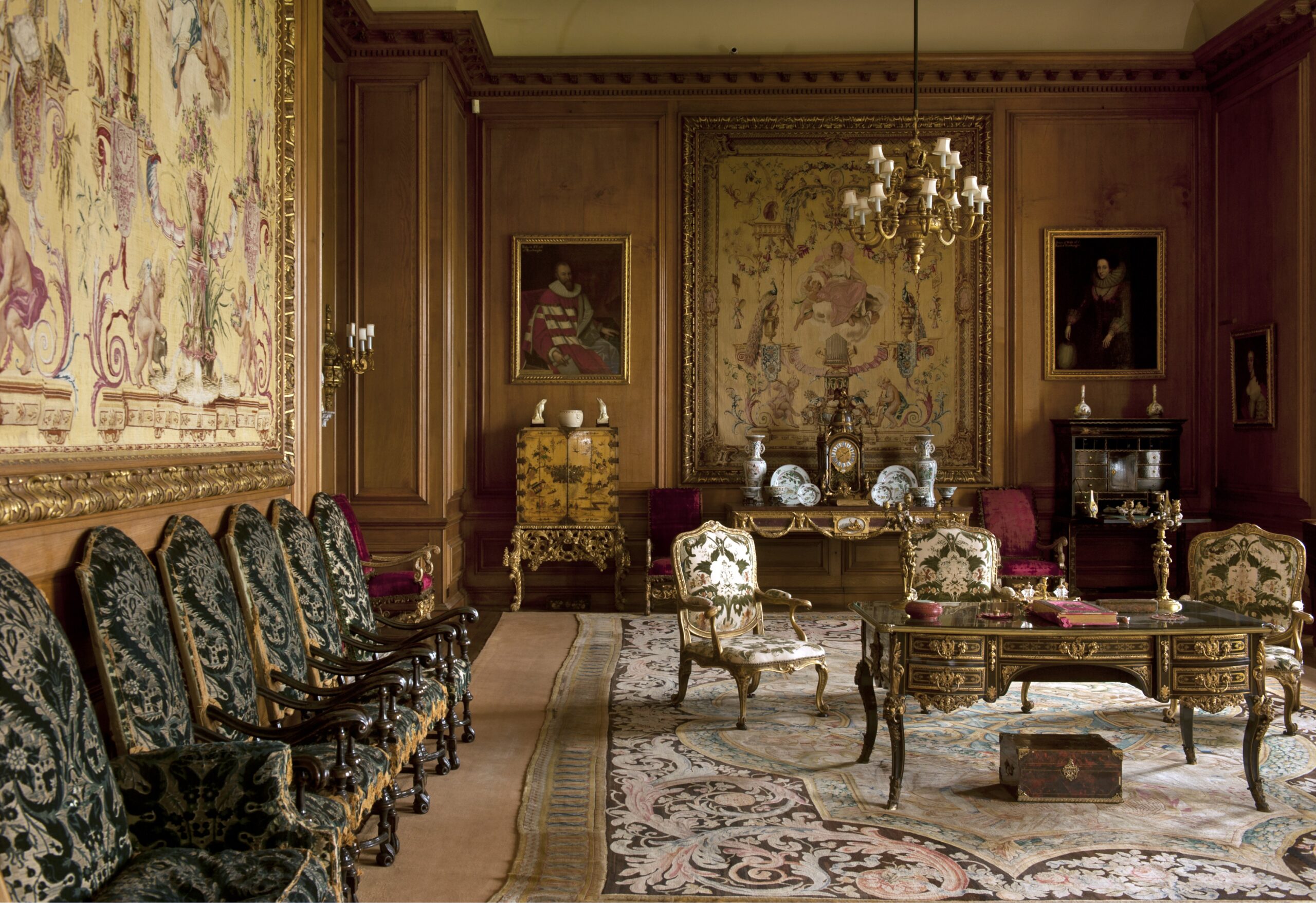
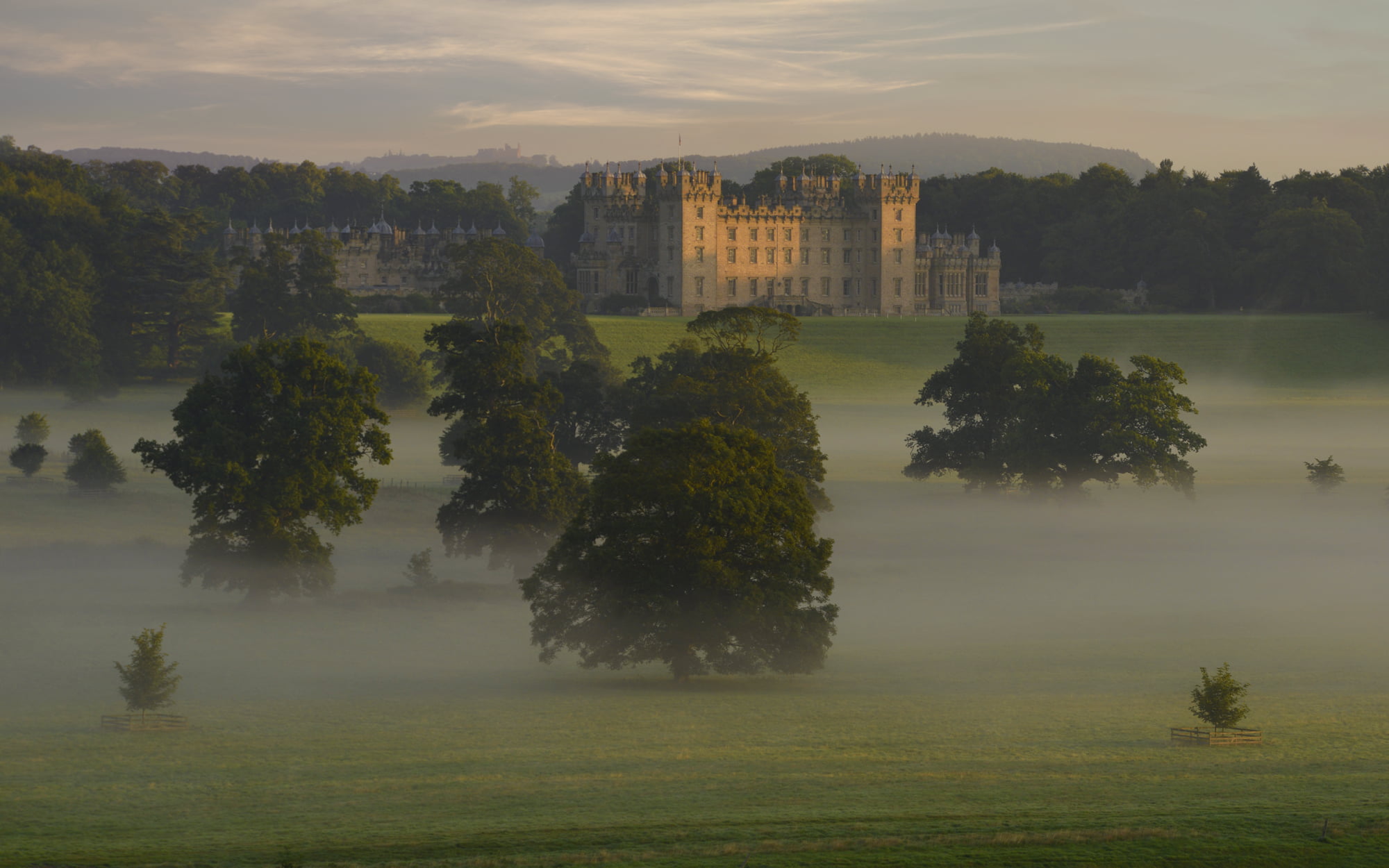
The Floors Castle story in the 21st Century
A Modern Estate
The Estate is run as a modern business, with a variety of revenue streams and interests. It comprises some 52,000 acres (21,000 hectares), and encompasses a variety of Borders landscapes, from the Cheviots to the Lammermuirs, and the fertile land of the Tweed valley.
Estate Business
With such a variety of topography, the type of farming carried out over the Estate’s land is equally diverse resulting in a variety of produce. The in-hand farming operation comprises sheep and cattle, Cheviot lamb in particular is unique to the Borders and much sought after.
The major arable crops are wheat and oil seed rape. Malting barley, potatoes and vegetables are also grown. Other activities on the Estate include Forestry, Green Energy, Conservation, Property Management and Sporting Pursuits.
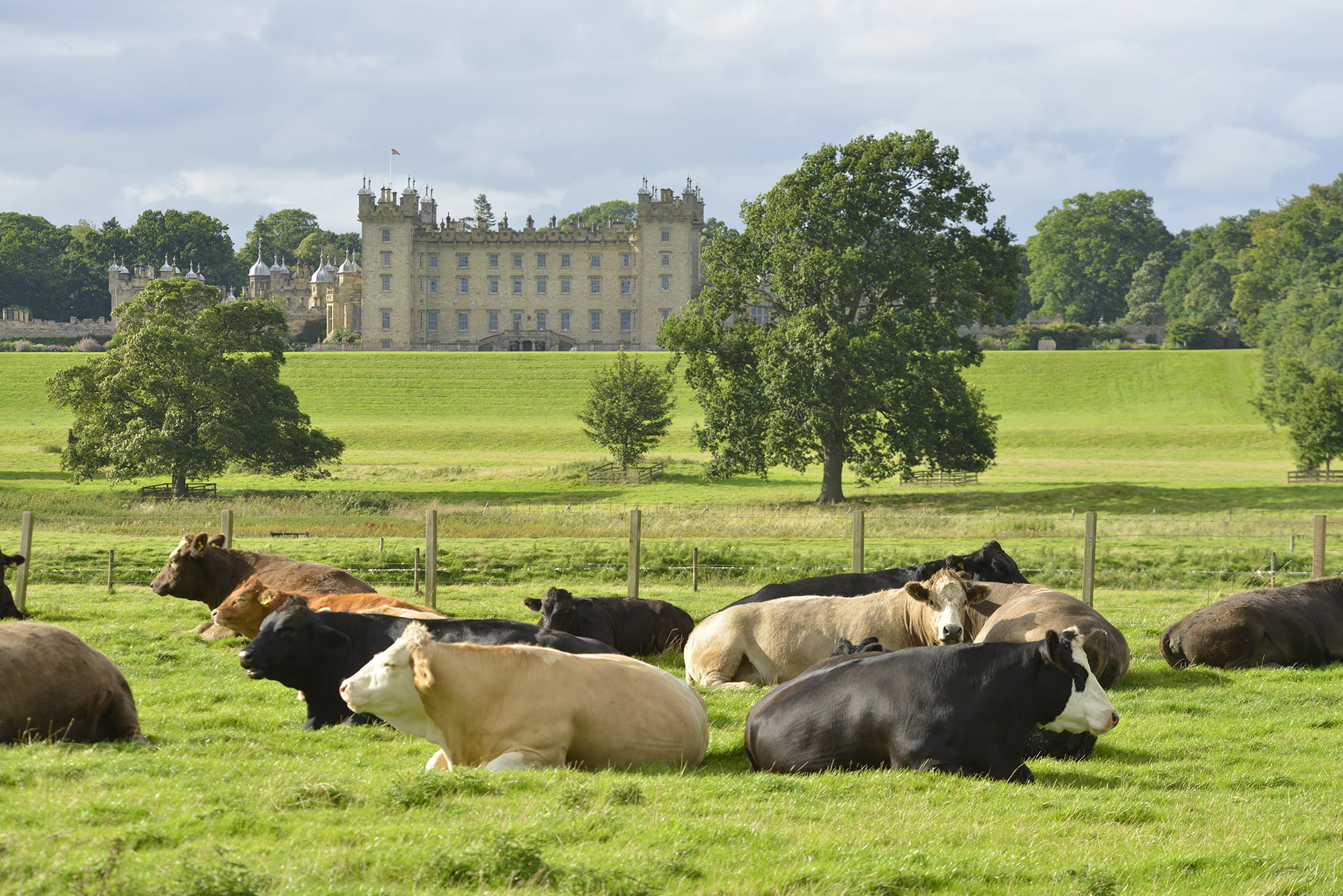
So much to explore...
Events
The History of Floors Castle
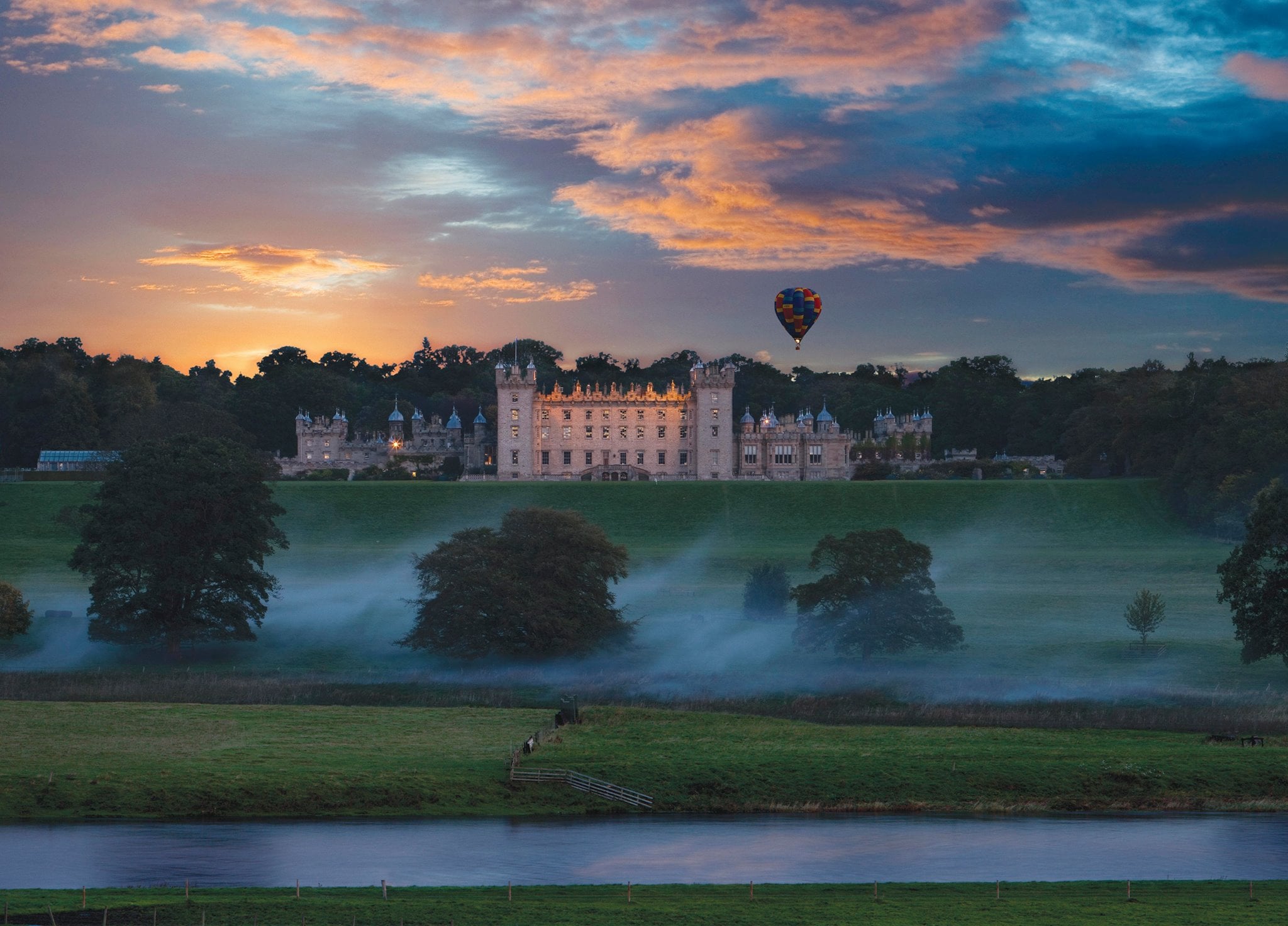
Visit Floors Castle
Enjoy unlimited access to Floors Castle and Grounds, a fantastic day out with friends and family.


